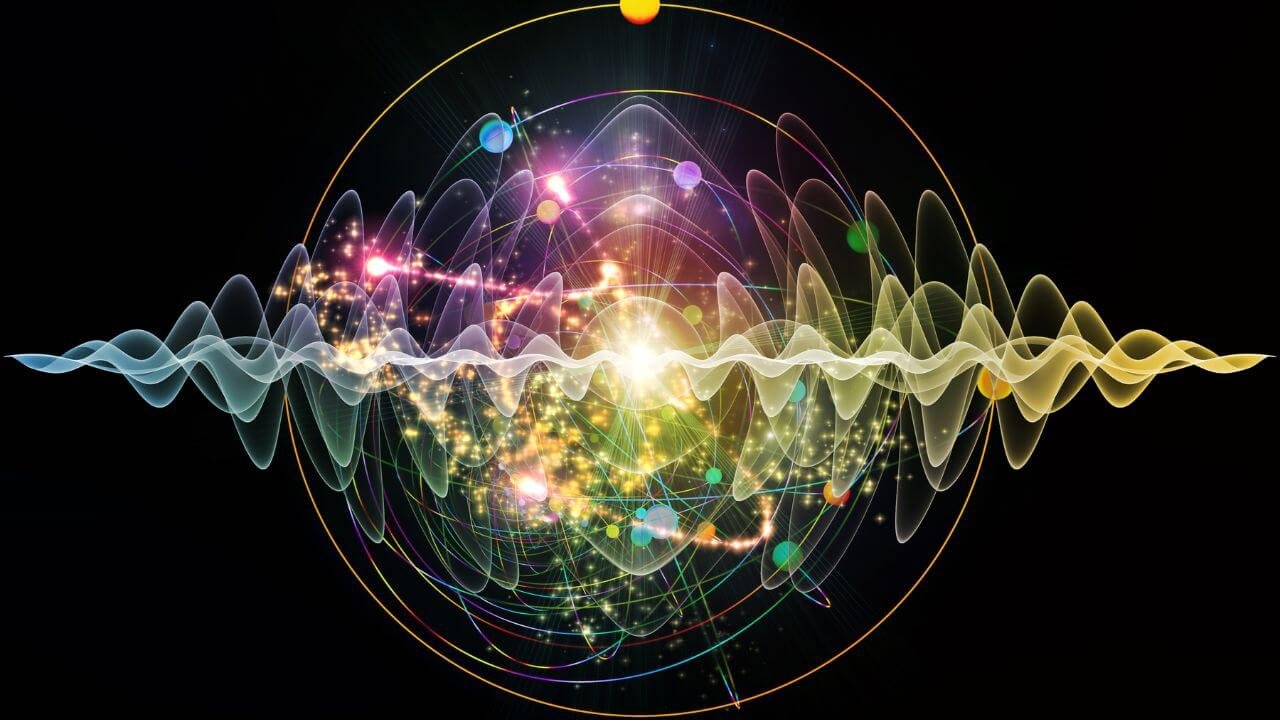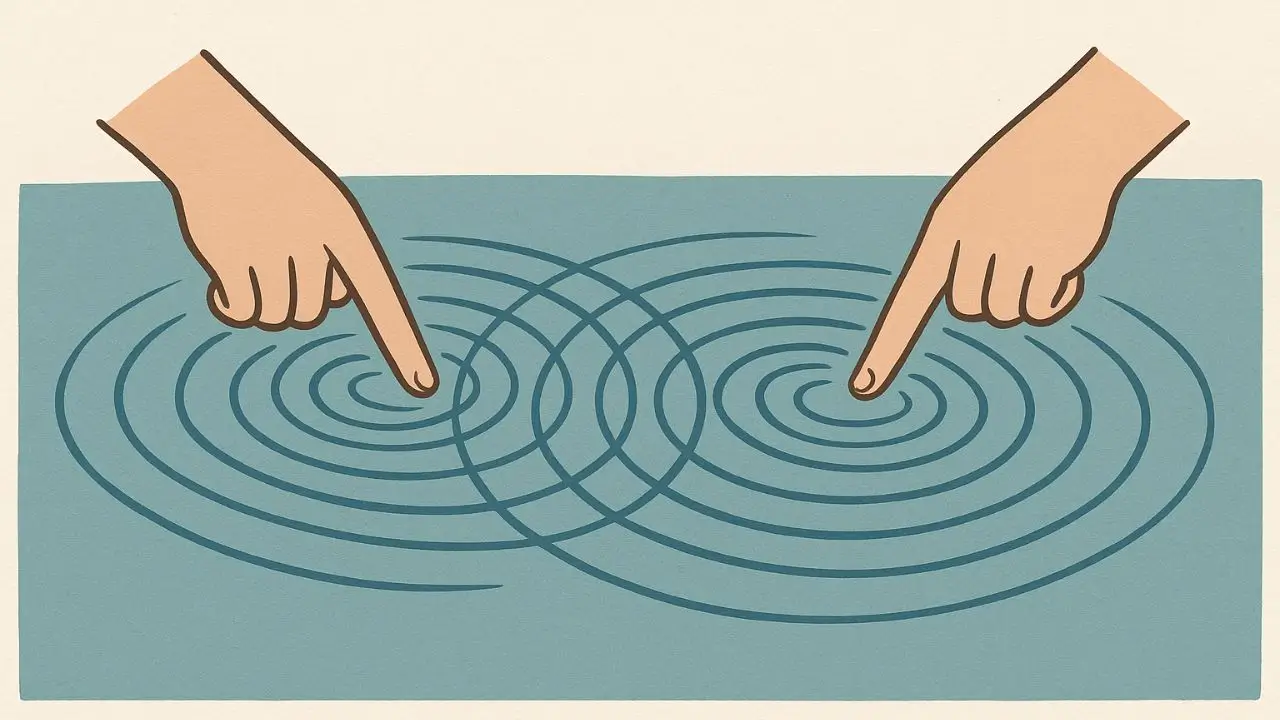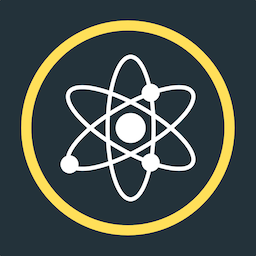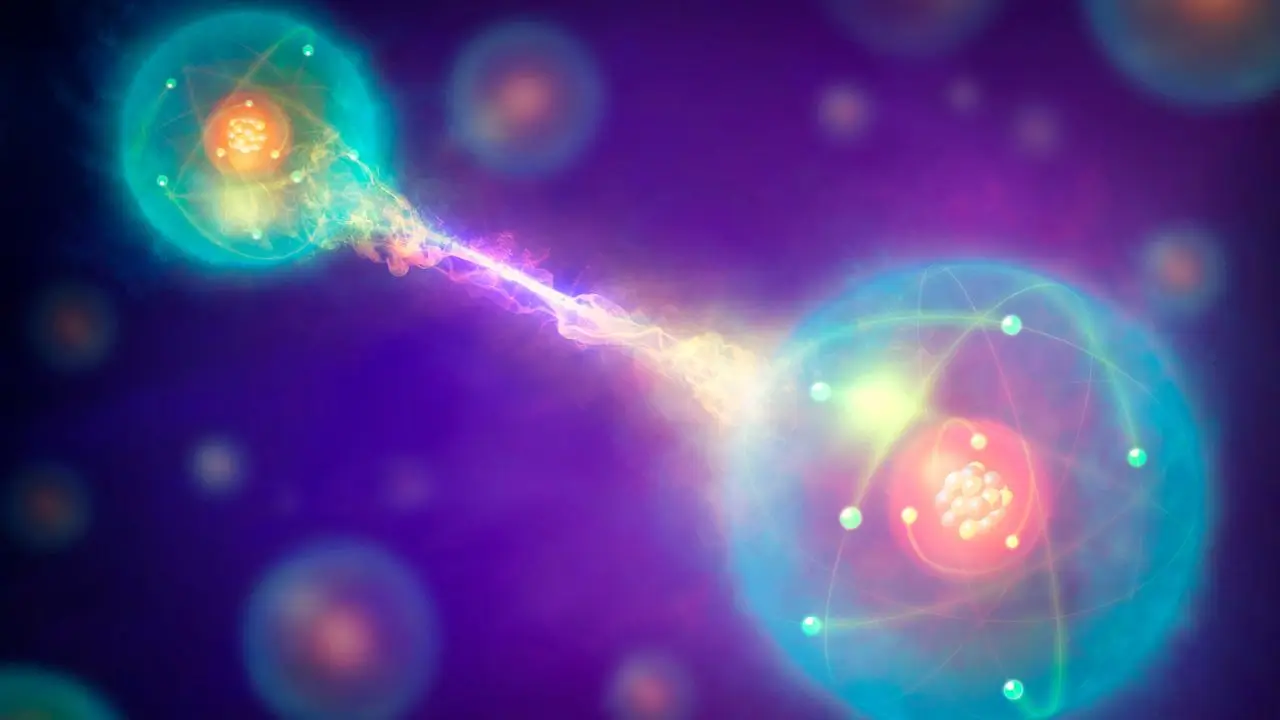The ability of a quantum system to exist in multiple states simultaneously until it is measured is called quantum superposition. All wave functions possess this property. Superposition applies to any state that a quantum system is in. The wave function is a mathematical description of all possible states. In quantum mechanics, probability waves are used to represent the states of particles in a specific location or with a specific momentum. These waves help in understanding the behaviour of particles at the quantum level. Quantum particles are in a state of quantum superposition when they act according to probability waves. It is important to remember that the state of superposition can only be maintained when a quantum system is unobserved. The wave function of a quantum system that is in a state of superposition collapses into one of the basic states when measured.
What is the concept of quantum superposition?

It is a fundamental principle of quantum mechanics that states that superposition is the condition in which a quantum system can exist in multiple states or configurations at the same time. Classical bits exist in two possible states, labeled as “0” and “1”. On the contrary, as a qubit is a quantum mechanical system, it may exist in the “0” state, the “1” state, or in any state that is a combination of 0 and 1 simultaneously.
How to explain superposition to a child?
The principle of superposition says that a particle can exist in multiple states at once. For instance, water and oil do not mix and stay separate in a glass. Both oil and water can be differentiated. Classical bits exactly work like this. They only exist in one of two forms at a time.
From everyday life, we can take an example of a coin that is tossed and it comes back to the table. In classical mechanics and, in our everyday world, the coin shows either heads or tails when flipped. While in a quantum mechanical system, the coin could be both heads and tails at once. In this analogy, when observed, the coin would settle in the state of either heads or tails.
What is an example of quantum superposition in real life?

Imagine you touch the surface of a pond at two different points simultaneously. From each point, waves would spread outward and eventually overlap to form a complex pattern. Analogously, in quantum science, particles such as photons and electrons have wavelength properties that may combine and become what is called superposed.
🔬 Subscribe to SciMail
Get the latest science discoveries straight to your inbox!
What is the basic principle behind quantum superposition?
The basic principle behind quantum superposition is that any quantum system can act as if it is in multiple states at the same time. It can be applied to any state of a quantum system i.e. energy level, location, electron spin. This principle has significant implications in computing, for the way information could be processed and stored in the future.
Is superposition real in real life?
Yes, superposition is a real phenomenon in quantum mechanics. There are implications for our understanding of reality. Although it is not observable in macroscopic objects, superposition is foundational to how the universe acts at its smallest scales. It has applications in technologies such as quantum computing.
What is Schrödinger’s cat?

Scientists have experimentally observed quantum superposition in multiple scenarios. Schrödinger’s cat is a very famous experience that illustrates the concept of superposition. In this experiment, a cat is kept in a box with a device that has a 50% probability of killing it depending on a random quantum event. For example, whether or not a quantum particle spontaneously changes into a different type of atom and releases radioactive particles. Until the box is opened, it is supposed that the cat is both alive and dead at the same time. When Schrödinger’s cat box is carefully observed, the cat is seen in a definitive state instead of superposition i.e. either alive or dead.
Significance of superposition in quantum computing:
In quantum computing, quantum superposition is used as a tool and it makes quantum computing so powerful. Quantum computers have much greater processing power than classical computers. They have the potential to perform large calculations in seconds and would one day be able to perform complex simulations in various industries such as pharmaceuticals, manufacturing, and climate modeling. It would be all possible just because of the principle of superposition.


Leave a Reply